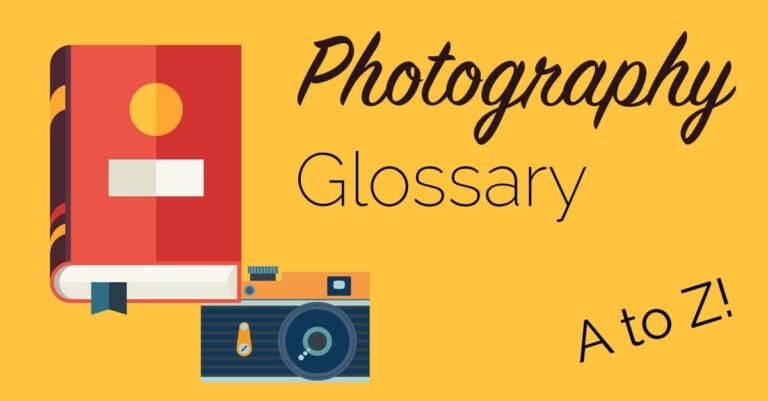Macro Photography
What Does Macro Photography Mean When Talking About Taking Photos? The term ‘macro photography’ describes the art of taking close-up photographs of subjects. Traditionally for a photograph to be considered a true macro photograph the subject should be rendered as life-sized or larger than life-sized. A lot of modern cameras feature a ‘macro mode’ which allows the camera to achieve focus on an object at extremely short distances, but this generally doesn’t allow for the minimum 1:1 magnification ratio required for a true macro photograph. True macro photography requires the use of a macro lens which combines high levels of …

